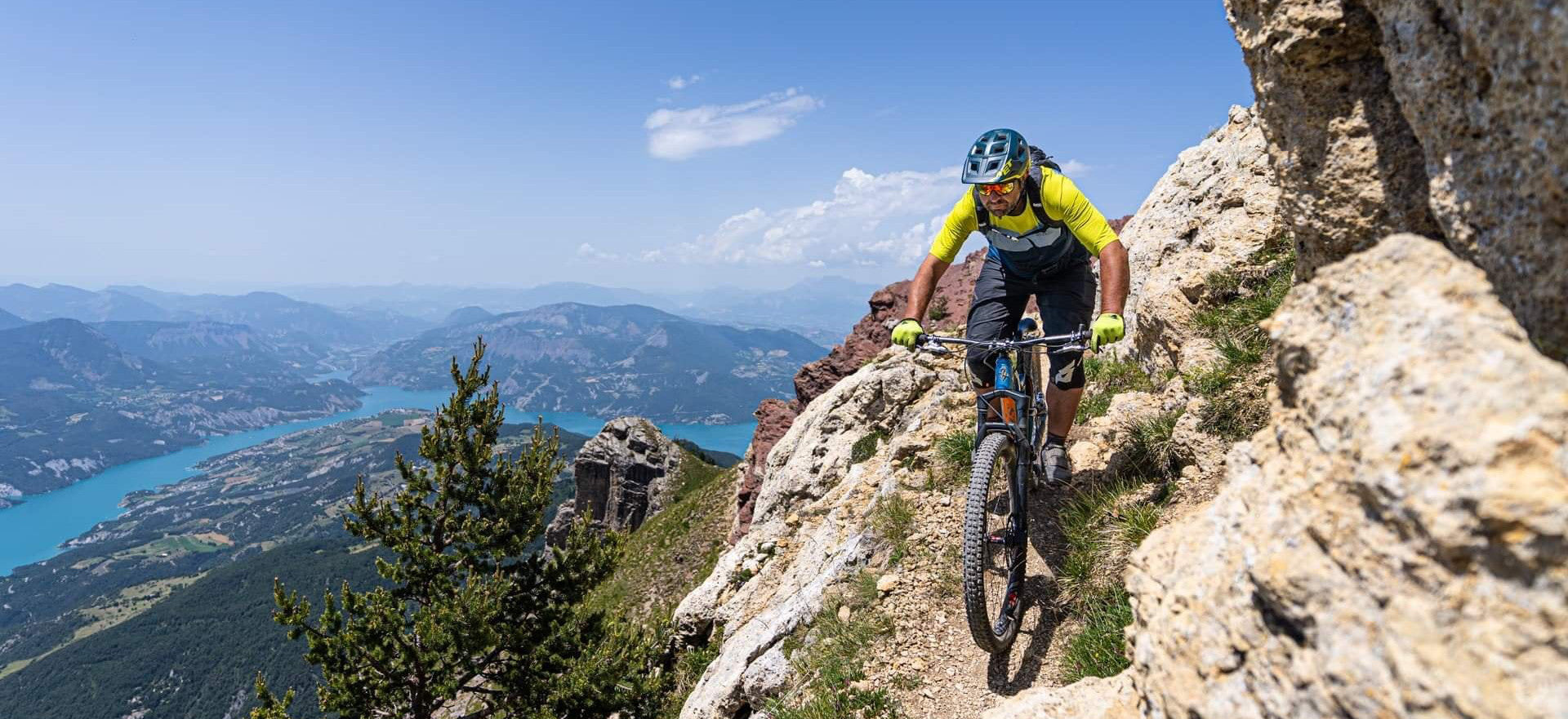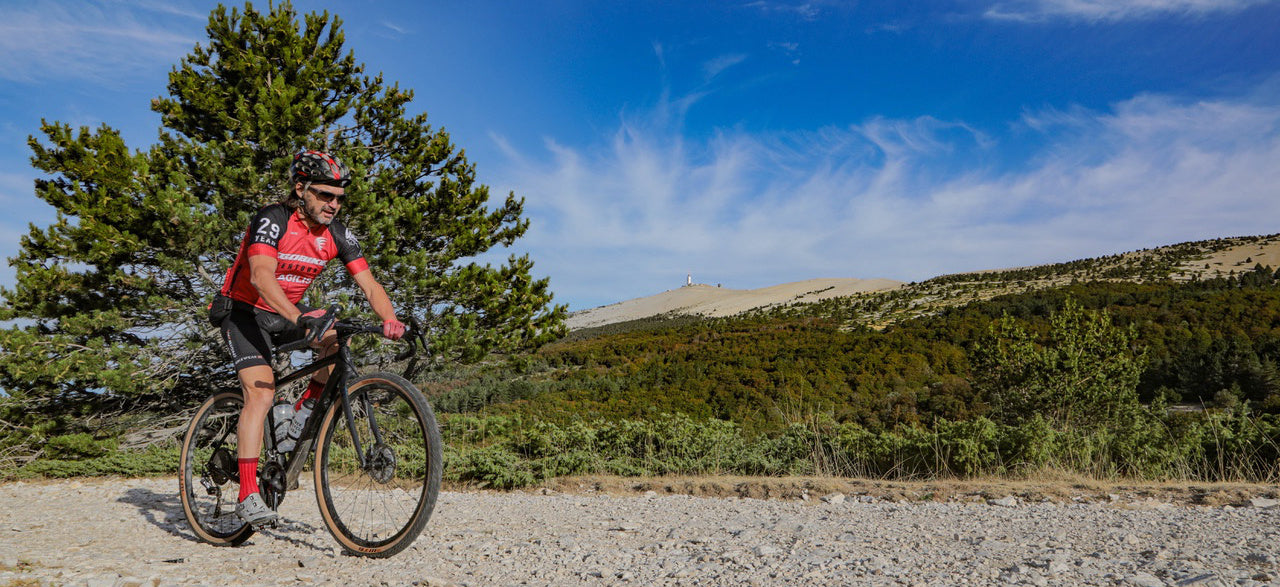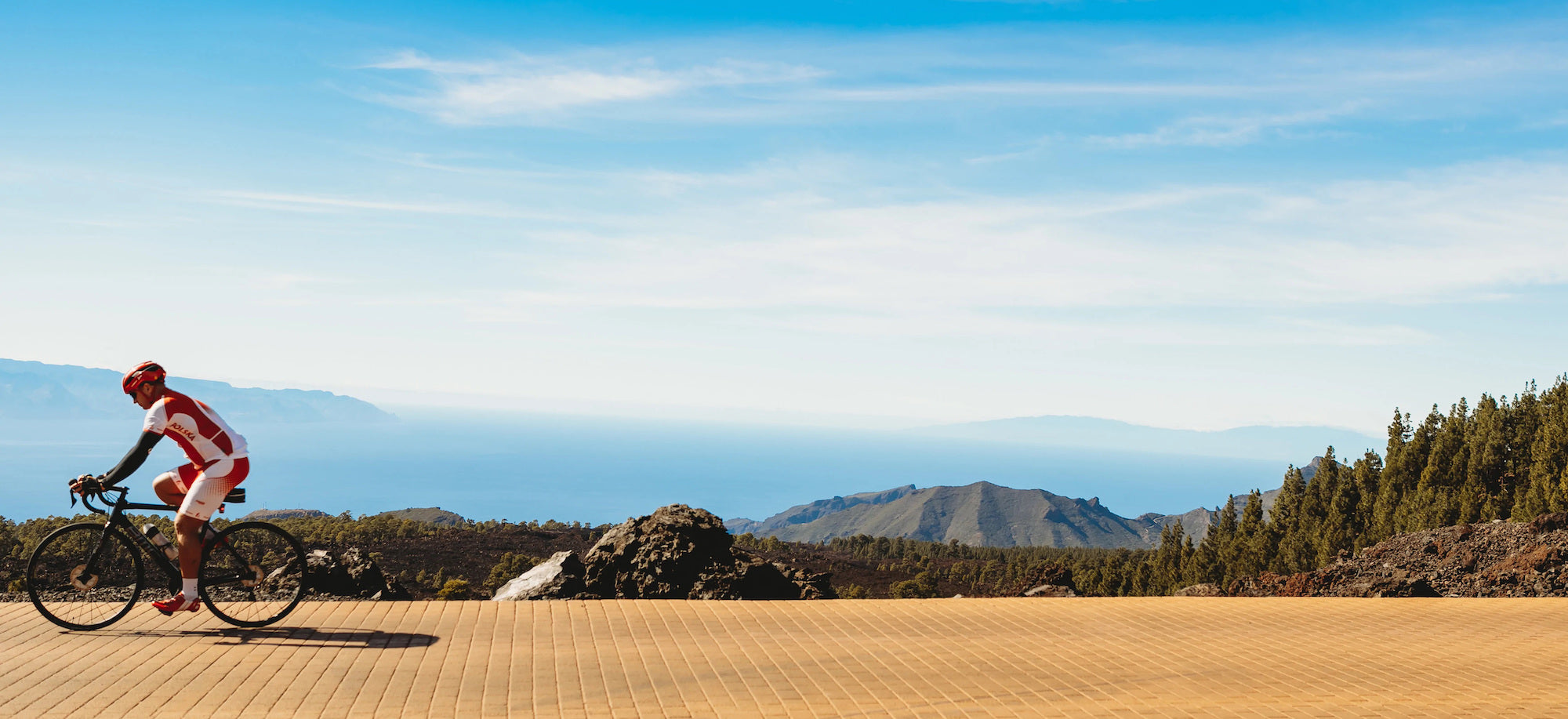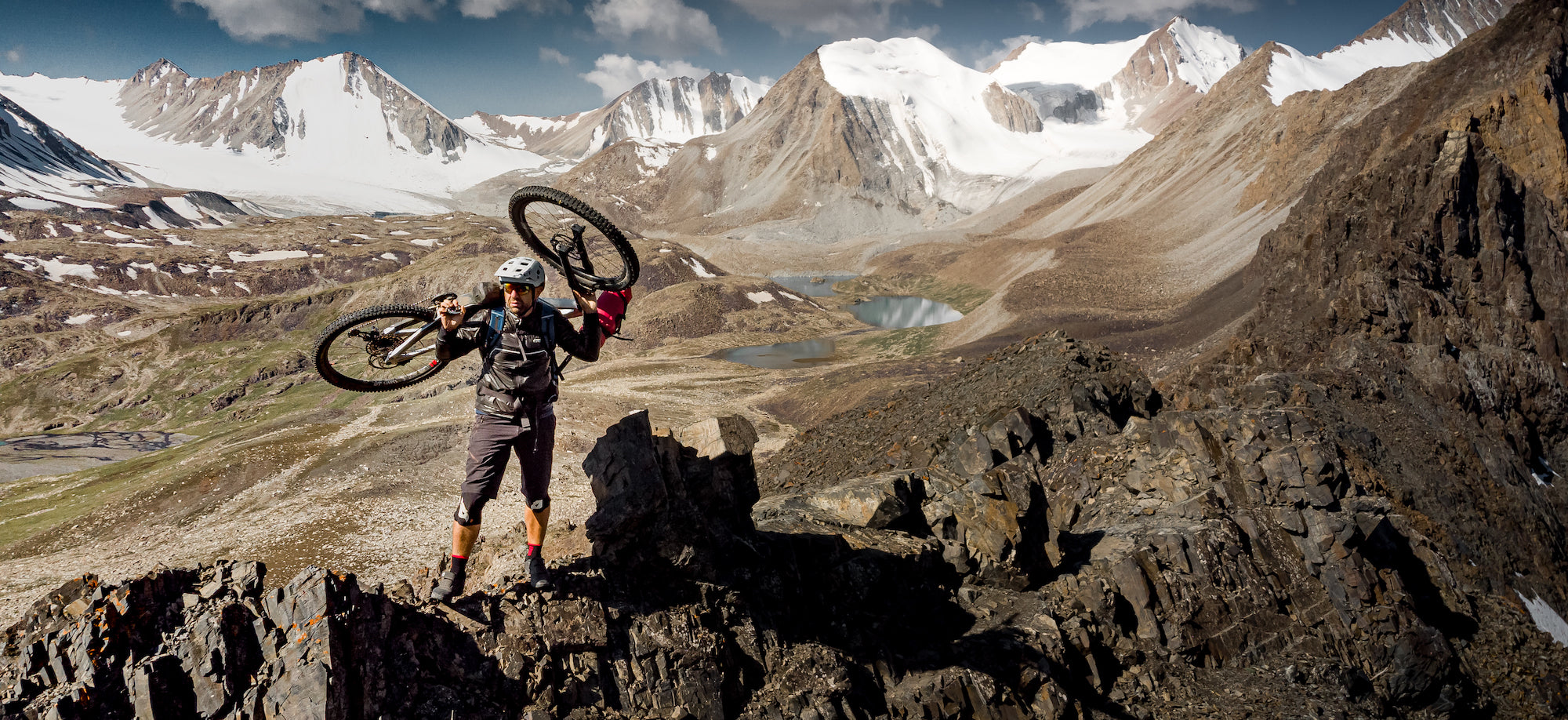The VTOPO MTB quotation
The difficulty in VTOPO MTB is defined only according to the technical difficulty of the circuit. This concept, of course, takes into account the descending and possibly flat parts. Climbs are not rated (see Difficulty FAQ after the VTOPO scale presentation).
The VTOPO scale
Divided into 6 categories from V1 to V6, it only assesses the difficulty of staying on the bike downhill or on the flat. A mountain biker descending from the bike, in the toughest passages of a route on the V4 side, will not be able to claim a V4 technical level.
Finally, to understand the VTOPO scale, the following words must be defined:
- Track: wide track (>3 m) and suitable for motor vehicles used by all types of forestry vehicles, even the largest.
- Path: narrower path (between 2 m and 3 m) and sometimes steeper than the track, used only by light 4x4 vehicles.
- Path: narrow lane suitable for pedestrians who must most of the time walk in single file.
From V1 to V6
V1: - Difficulty of the Family and Initiation Tomes
Descents only on rolling tracks with low to moderate inclination (max. 10%). The coating is generally well stabilized. Ideal for children and beginners.
V2: - Difficulty of the Family and Initiation Tomes
Rolling descents on steeper, rockier tracks or paths (max. 25%).
Easy trails (only dirt covered with low incline).
V3: - Difficulty of the Initiated Tomes
Descents on stony paths (possibility of steep passages) requiring regular mountain biking. Possibility of encountering steps (30 to 40 cm max).
Steep and stony tracks or paths (above 25% - passage behind the saddle generally necessary).
V4: - Expert Tomes difficulty
Trails or technical paths with many steps, sometimes high (>40 cm), steep to very steep passages, hairpins, slabs, easy “trial”. In general, descents in this category are sustained.
V5: - Difficulty of Expert Tomes
Descents with many committed and steep passages. Obligatory jumps on certain obstacles, crossings, very high steps (>1 m), demanding trial. At this level of difficulty, downhill equipment is strongly recommended.
V6: - Difficulty of Expert Tomes
Very committed passages with compulsory jumps, road gap, very demanding trial...
The V6 category is reserved for the mountain bike elite. Chaining a V6 pass involves taking a significant risk that can have dramatic consequences in the event of a fall.
VTOPO Scale FAQ
“Why implement a new difficulty system?”
The principle of this scale is to assess the difficulty of a mountain bike circuit as closely as possible. This notion, although treated in all mountain bike guides, has always proven to be unreliable by the practitioners themselves. The VTOPO collection proposes to develop a reliable system, simple to understand and reuse.
“Why evaluate only the technical side on a mountain bike circuit?”
Indeed, the data that also characterizes a mountain bike route are the distance and the difference in altitude, it is the “sporty” or “physical” aspect of the circuit.
Regarding these characteristics, since they are found in the text, the reader, even beginners in the practice, is able to analyze these data and interpret them correctly in order to undertake the circuit most suited to his physical condition. It is therefore useless to establish a “physical” rating.
“What about the technical side of the climb?”
It is true that an ascent on a stony path is necessarily more technical than on a wide track. Now, for a circuit on the V1 or V2 side, it is illogical to take “technical” paths from the climb since the descent is on tracks, or very easy paths... The circuit would therefore be taken at the 'towards ! From level V3, ie for routes suitable for those who practice mountain biking more or less regularly, you can expect to find more or less difficult uphill trails. Due to regular practice, the ascent will not pose any real problems. This is even truer from level V4.
“What are the strengths of this scale?”
- Simplicity in understanding.
- Simplicity in reuse.
- Simplicity to know his technical level and to possibly compare himself to others.
- Banish all completely subjective terms: “it's technical”, “it's hard”, “it's steep”, “there are steps”... They don't have the same scope for a beginner as for a descender...
- List technically on the same scale all the courses, from the easiest to the very extreme.
“Are there subdivisions”
Yes, for each category there are 3 subdivisions.
Example: V3-, V3, V3+ in increasing direction of difficulty.
“How to evaluate a passage much more technical than the whole of the circuit carried out?”
This quotation is established on the totality of the descents of a course. It is obvious that a 3 km descent of level V3 can very well take one or two short passages V4. Nevertheless, its general technical rating remains V3. In the text it is mentioned “pass. V4” meaning that there is a short passage of level V4.
“How to take into account the evolution of the discipline?”
This ladder is open at the top like all ladders of this style. This means that if tomorrow, a descent deserves to be upgraded, it is possible to open the V7 level and so on...





